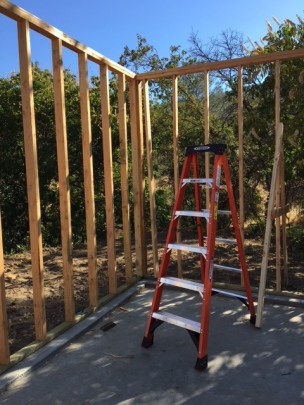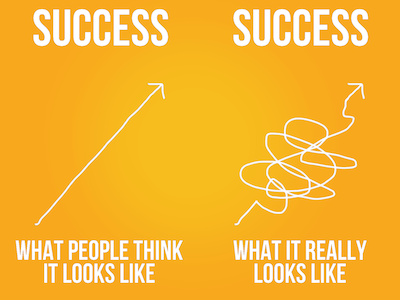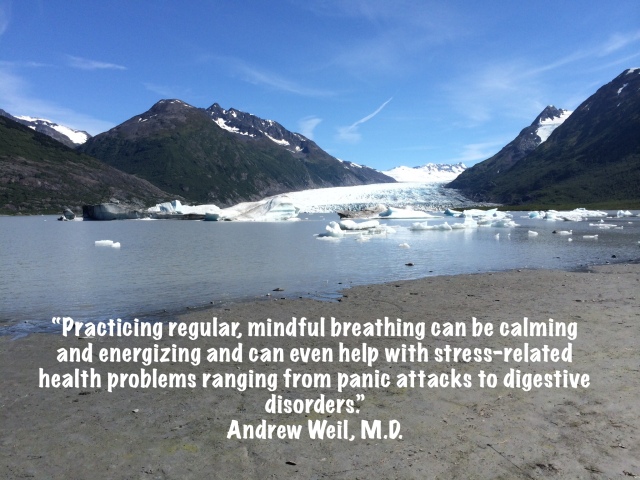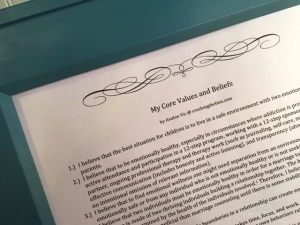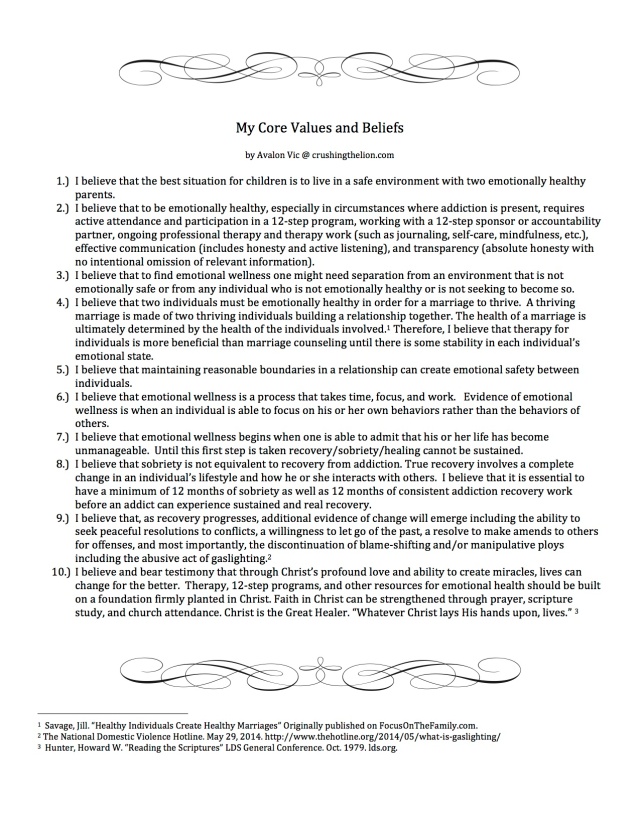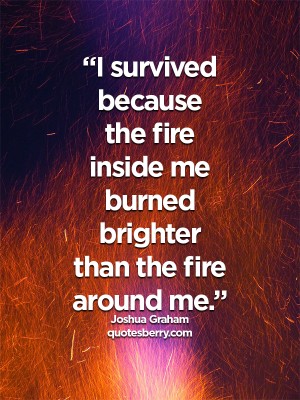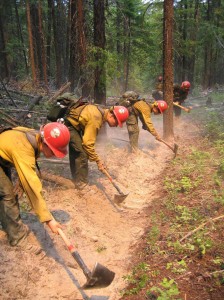
It’s been four years since D day – the day my world collapsed. The day that catapulted me into a new realm of experiences that eventually led to healing, peace, and more resiliency. Since that day, I have experienced God’s love and answers to prayer. I’ve learned more about mindfulness and how to listen to my body. I continue to learn, grow, and discover who I really am. Underneath the scarred and wounded heart, there’s a solid, confident, and good person. When I’m in touch with my confident self, I feel centered and in touch with the core of my being. It’s a glorious feeling and I think it is the source of true joy.
But sometimes I neglect my self-care practices and get too casual with my daily health habits. That’s when life gets out of kilter, I lose touch with my core, and as a result, my resilience fades. I foolishly risk my own resilience with complacency, making myself vulnerable to emotional triggers and disappointments.
Today, is one of those out-of-kilter days. I said a prayer this morning asking for some relief from the deafening messages that tell me I’m not good enough. It has been a long time since I’ve had to fight this battle. I was hoping to someday raise my hands in the air as victor over doubts of self worth, but I let my shield of resiliency get weak and this weary warrior is grappling to find my source of joy again.
I didn’t feel that I was worthy to have God answer my morning prayer. I said the words and let them go, hoping they would fly upward and miraculously soar to a Supreme Power.
I didn’t think about my prayer again until later in the day when a professionally dressed and beautiful young woman approached me while I was pushing my shopping cart at the market. She was one of my students from years ago. We chatted for a time and I was thrilled to learn of her life accomplishments. After a few minutes, it seemed time to end the conversation, but this lovely young woman stopped me. “It’s interesting to me that I was actually thinking about you this morning,” she told me. “I was hoping I could have a chance someday to tell you how you were one of my favorite teachers. Thank you!”
It’s amazing how much power there is in a simple compliment.
The experience was a small miracle, but it fulfilled a mighty big need for me. It was a reminder that I have value. It reaffirmed that God hears and answers prayers, even if I don’t think I’m deserving. Best of all, for a fleeting moment, I felt joy and hope!
I know my confident inner core exists and she’s waiting for me. I keep reaching and searching because I know from past experience, she’ll be with me, again. She always returns, so I never give up on her. With God’s help, a lot of self-care, and diligent healing work every day, I will uncover the confident and resilient me that hides for shelter when I take her for granted. Weary warriors always have a little fight left in them.


